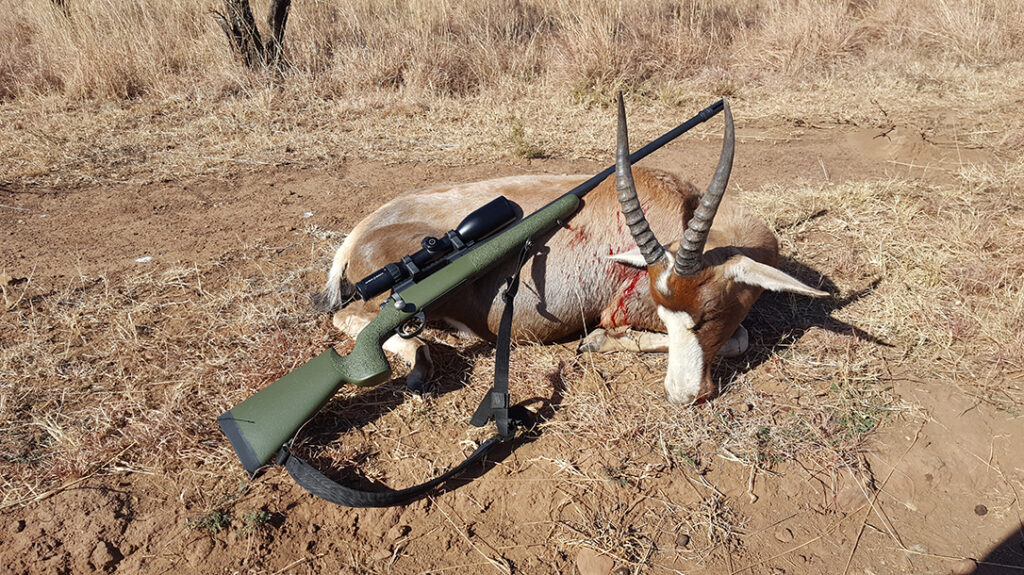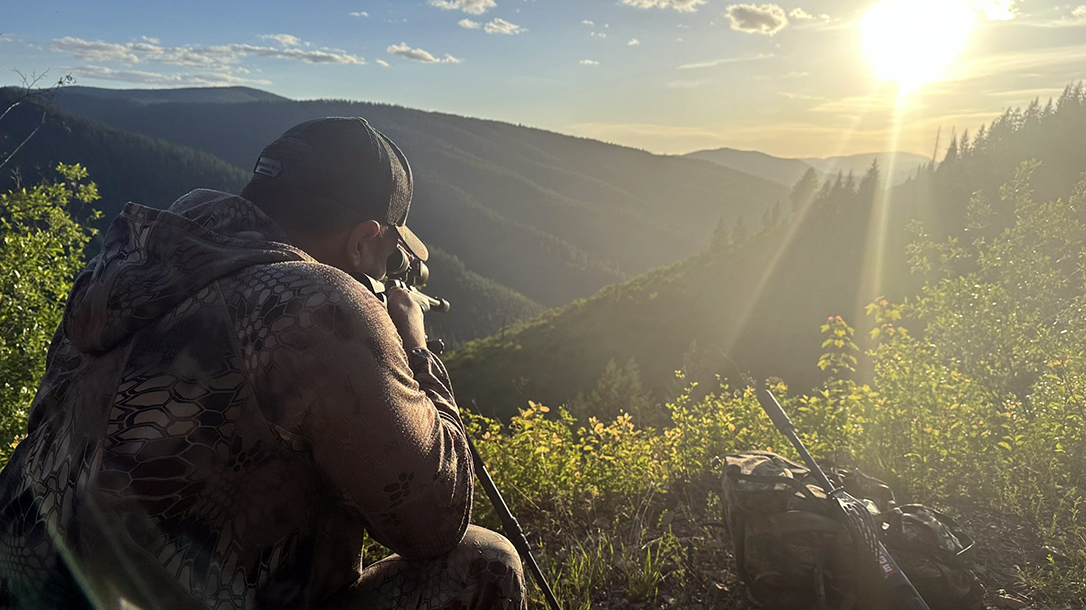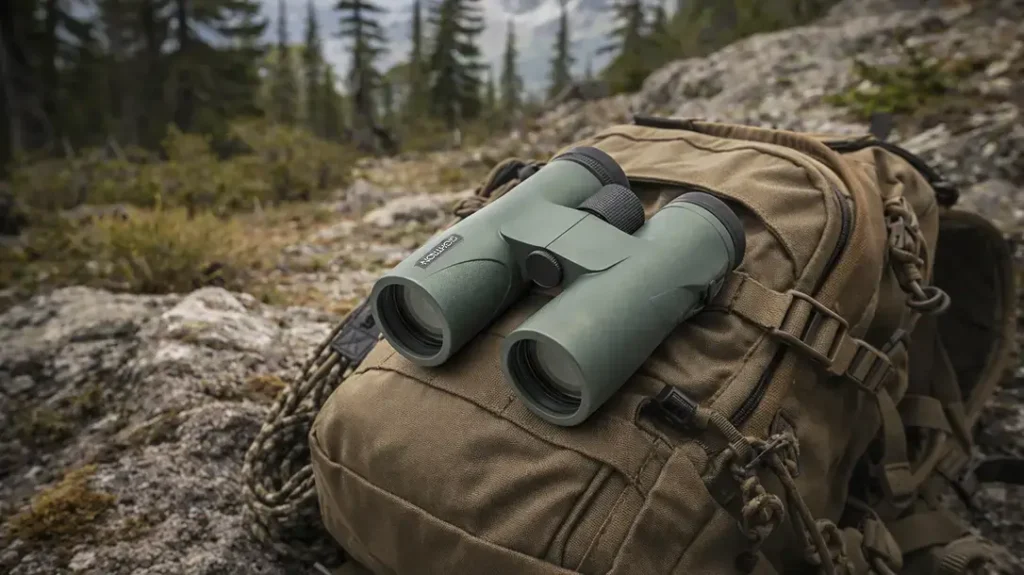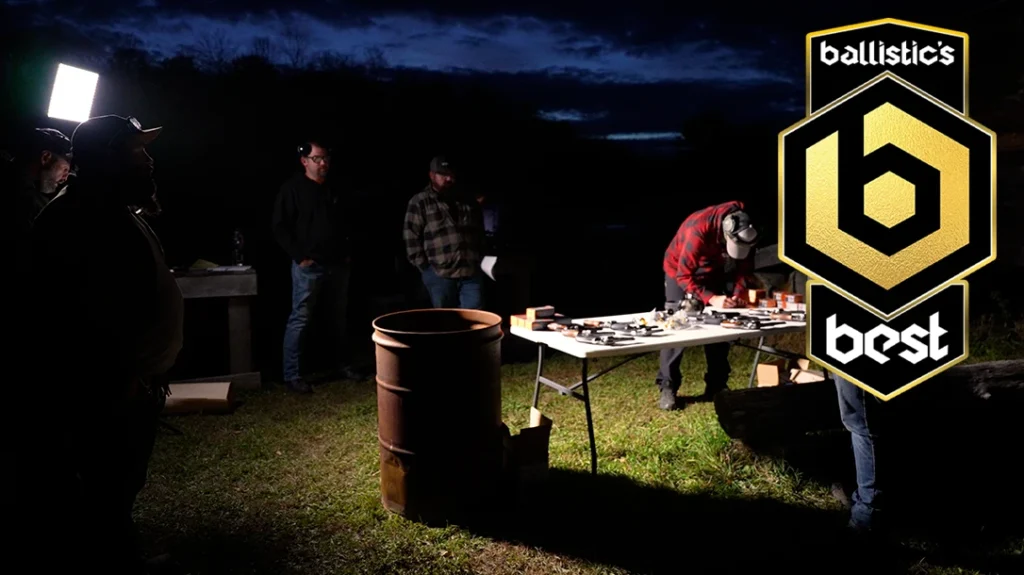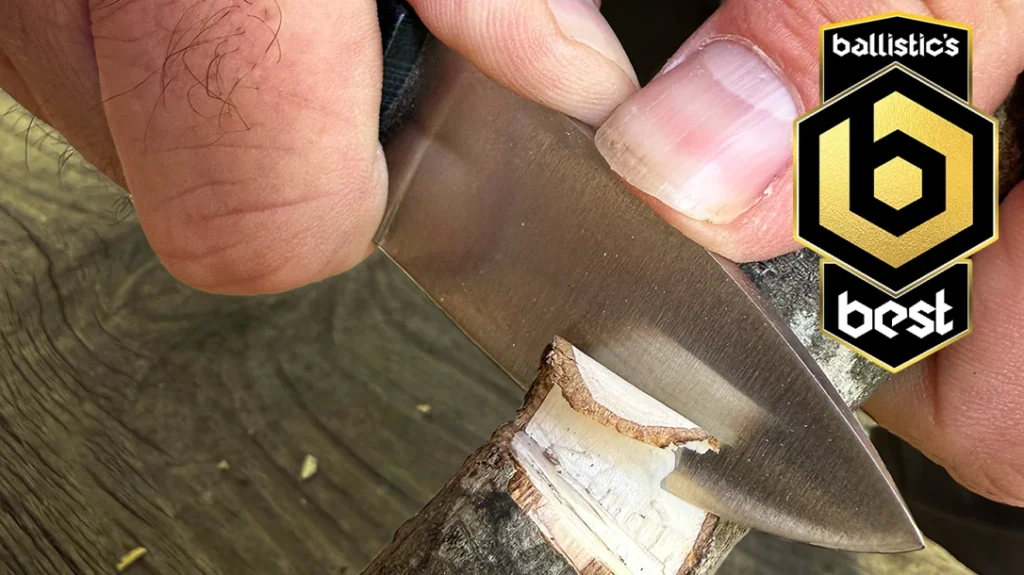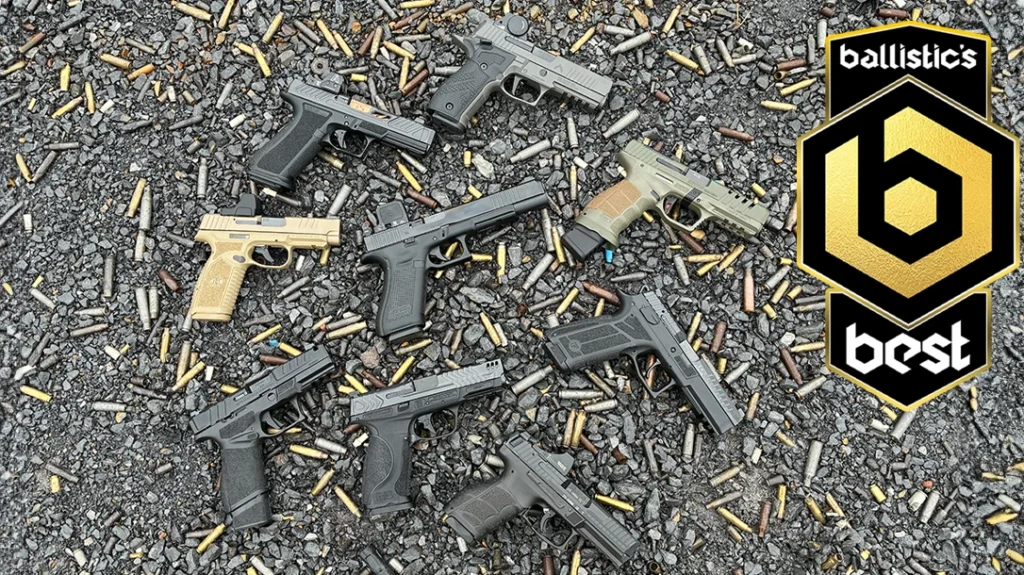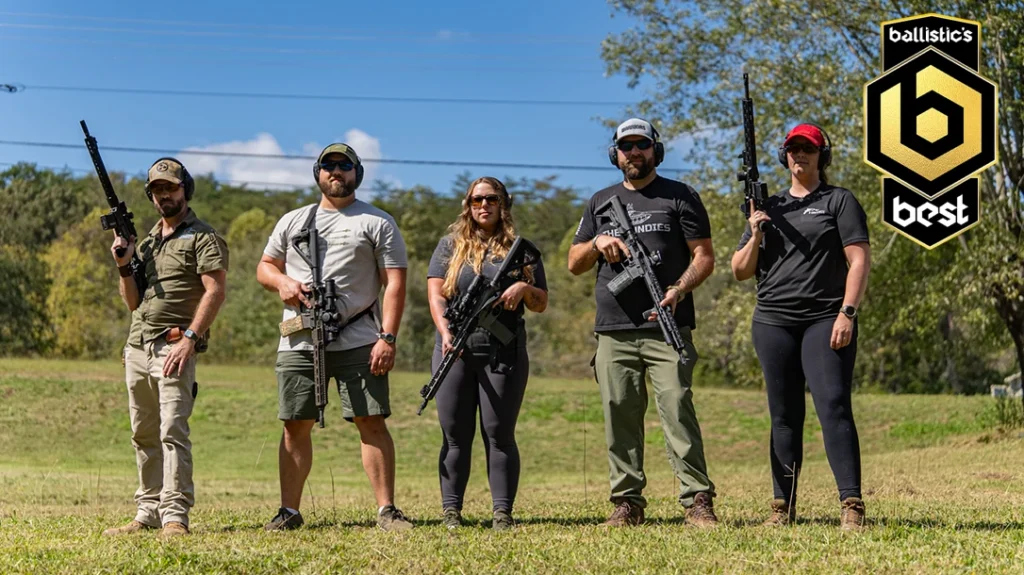I’ve straddled the worlds of hunting and long-range shooting for years. With a foot in each, I can confidently state there is a disconnect between the two. Some hunters limit the interest in their rifles to only what matters for dropping game. Conversely, some precision rifle shooters will only punch holes in inanimate paper and ring steel that stands still. But hunters have much to learn from long-range shooters and competitors.
What Hunters Can Learn From Long-Range Shooters
These two groups simply do not crosstrain with one another and gain exposure to different perspectives. Many hunters will not take a shot on an animal beyond the distance precision rifle shooters would consider the start of mid-range, yet the techniques employed at that range and out to extreme long distance can improve a hunter’s chance of success. Hunters should acknowledge the capabilities of the long-range shooter and apply them to their pursuit of big-game in the field. Here are a few takeaways from one world that I’ve applied to the other.
Muzzle Velocity and Ballistic Calculators
I recently mentioned muzzle velocity to a seasoned hunter friend of mine, and he immediately met me with an odd look. After I explained that listed velocity on the box of ammo often comes from a longer test barrel than most hunting rifles utilizes, it piqued his interest. I explained how an understanding of the actual muzzle velocity paired with ballistic calculators can provide holdover information and an understanding of how a projectile performs at various distances. In our discussion, we discussed the analog or “walk back” method, including the costs in both time and money. With just five shots and a quality chronograph like the Magnetospeed, one can determine the true average velocity out of an individual rifle.
Advertisement — Continue Reading Below
The discrepancy between the actual velocity and ammo box’s velocity claim often surprises shooters. Once a hunter understands how to use their actual muzzle velocity, they can do an even deeper dive into the ballistic coefficient of certain calibers and find the superior caliber that may not be the one their father or grandfather used before them. With quality information, a hunter can then proof their rifle on a piece of steel that mimics the same size as the vitals of the animal they are pursuing at extended ranges.
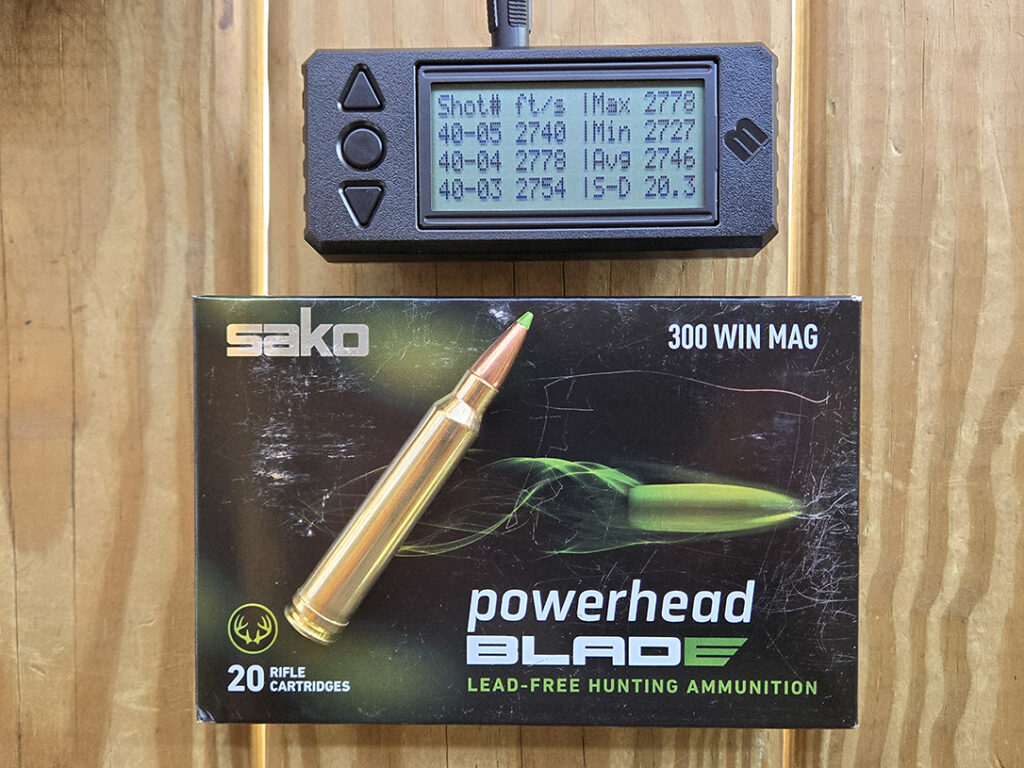
Tripod Use
There is no shortage of hunting rifles, especially varmint rifles, with attached bipods. Hunters employing these understand the value of a steady shot, but they limit themselves with the length of the bipod legs. Tripods, on the other hand, stand much taller and allow for steady shooting solutions from seated and standing positions. The saddle variety is popular and widespread, and the rapidly adjusted Spartan Precision Tripod with proprietary swivel stud attachment is featherlight for mountain hunts. Since shots in the field are rarely taken from the prone, tripods build trust in shots taken over tall grass and in rocky terrain.
Advertisement — Continue Reading Below
Additionally, since a tripod eliminates the requirement for muscular input to hold a good shot, the sight picture remains more steady. It decreases the likelihood of a pulled shot. Whenever possible, mount a rifle to a bipod from the center balance point near the receiver. A secondary location resides under the buttstock. Much like a bipod “loaded” with pressure forward on the legs, a tripod loads similarly by using commonly found sandbag hooks underneath the head with a hunting daypack as the weight.
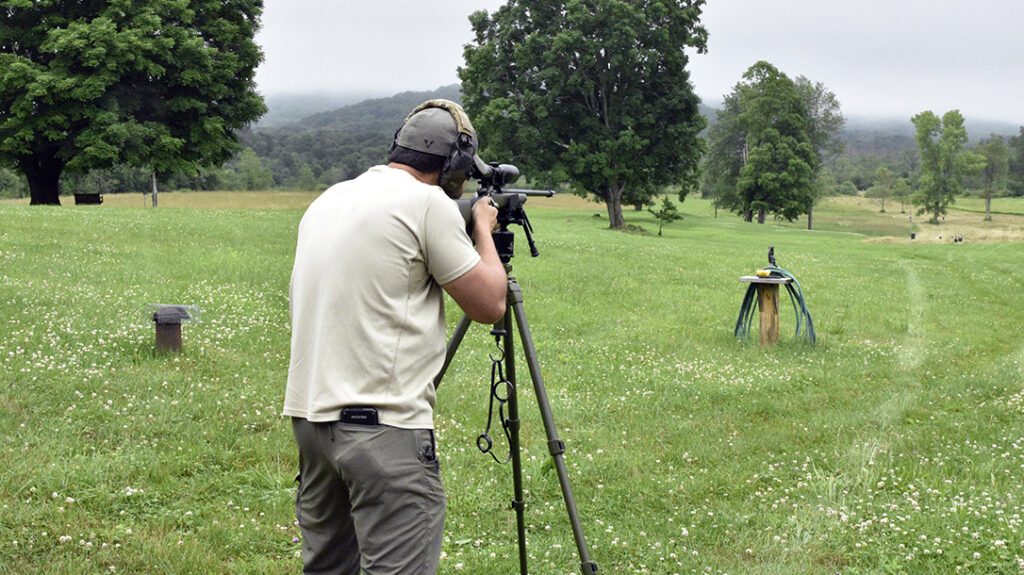
Advanced Reticles
Most new hunters start off with some sort of duplex reticle. They come in both fine or heavy duplex, perhaps the most widely used reticle in the world. Popularity doesn’t always equate to being the most useful. Precision rifle shooters will more likely favor a “Christmas tree” reticle that provides for holds in varying wind conditions as well as rapidly changing distances to targets. While hunters may complain the sight picture is too cluttered, the benefit of having an advanced reticle is the speed in which the hunter can ready himself for a shot.
Advertisement — Continue Reading Below
Additionally, an advanced reticle eliminates the need to dial elevation for a shot. Dialing removes a hand from the rifle and in turn creates less stability. If switching to a “cluttered” optic is too much of a leap to make, upgrading to an electronic optic may be more subtle of a change. Be forewarned though, illuminated reticles, range finding optics, and anything battery operated may be against hunting regulations in your area. If not, they provide an incredible advantage.
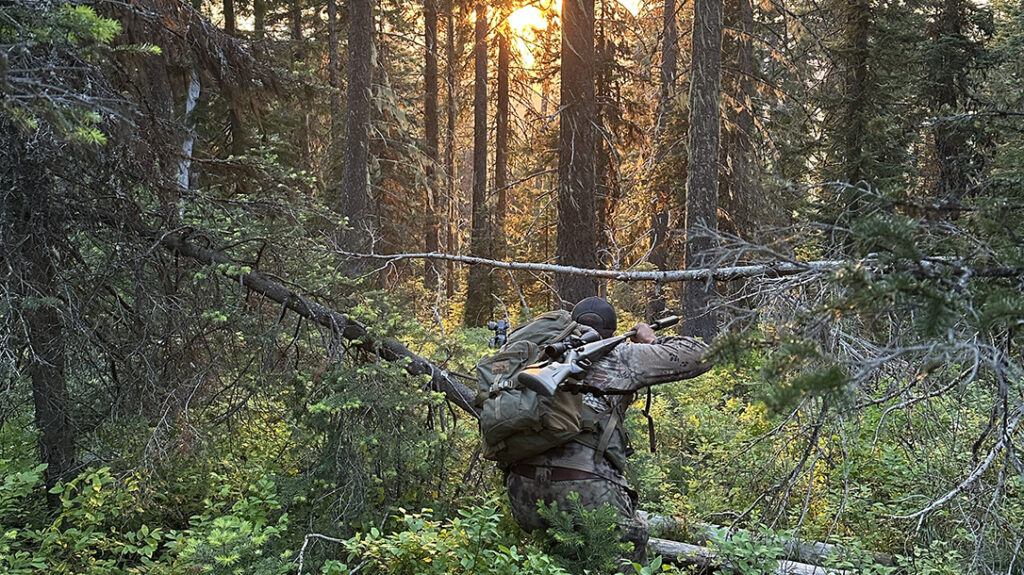
Suppressor Use
A growing trend in the United States is hunting with a suppressor. Even though suppressors reduce sound signature, felt recoil, and prevent hearing loss, there is a negative perception of suppressors on hunting rifles. Hunters already have to deal with the efforts of anti-hunters to ban their lifestyle, and “silencers” are portrayed as a tool of a hitman or bad guy. Interestingly enough, suppressor use is widespread around the globe for hunting, and hunting without a “muffler” is seen as undignified. To some degree, suppressors improve accuracy as they alter the exit of gasses through baffles. The downrange sound signature of a suppressor can also help the hunter take a follow-up shot if the first shot misses, they can spot where the round impacted through their scope, and the game doesn’t spook.
Advertisement — Continue Reading Below
Of course, convincing hunters to use a suppressor requires the hunter to purchase a rifle with a threaded barrel or modify the rifle they have already. Additionally, hunters need to pay the $200 tax stamp like anyone else, but given the price of some big-game tags around the country, that cost of entry shouldn’t be a problem.
Whether hunting or punching holes on paper, success comes down to practice. If given the opportunity to glean tips and tricks from another perspective found on the firing line, don’t miss out. You never know when someone will have the missing piece of the puzzle you’ve been looking for.
